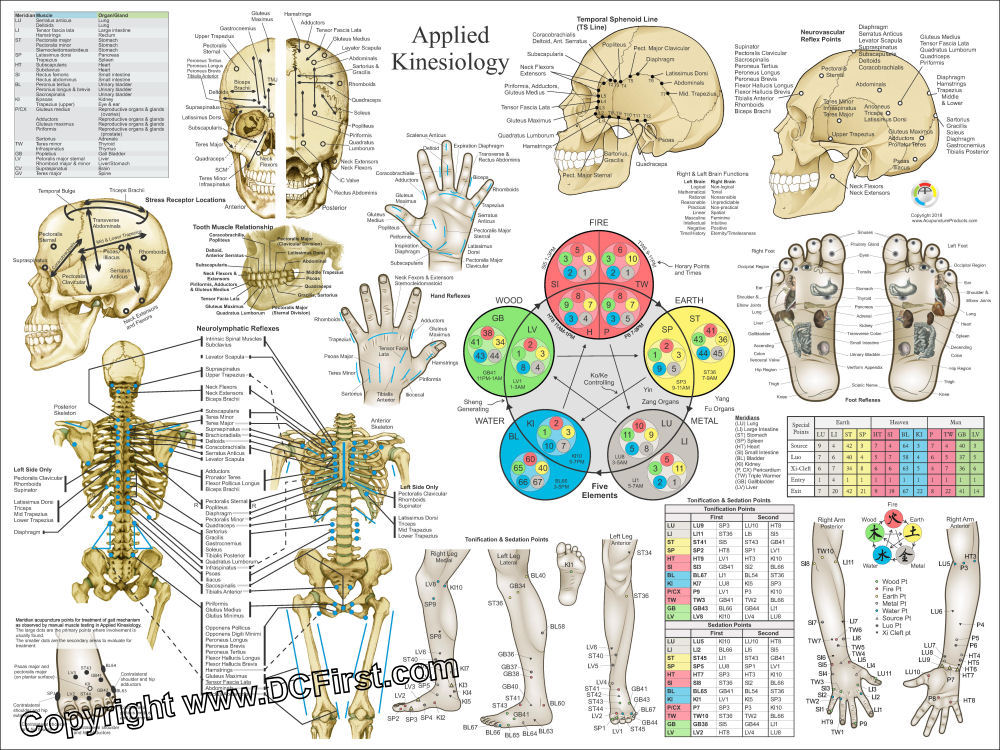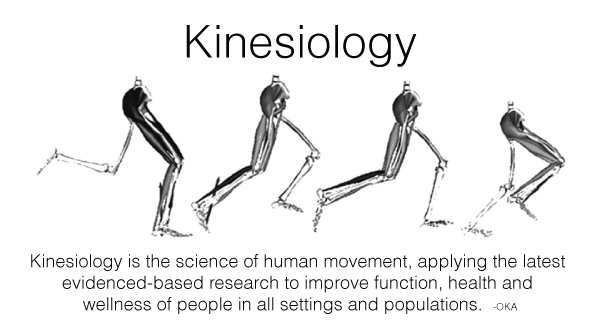
History
Niels Finsen was the first scientist that discovered the healing effects of light in 1896. He first started treating lupus vulgaris and tuberculosis by using electrical light up to 15 times concentrated. The treatments included daily time with the light for up to two hours and found it was successful in clearing the diseases.1
Niels Finsen later won a Nobel Prize in 1903 for his discovery of light therapy. In the beginning, it was called phototherapy. In the 1960s, it was referred to as LED light therapy and was used all around Europe to treat chronic pain, arthritis, associated conditions, joint rehabilitation, and soft-tissue injury along with other medical ailments.
In the 1980s, it expanded to more clinics and medical institutions using LED light therapy. Many studies came out finding that the tissues themselves were healing and cosmetic conditions were improved with using this light.
In the 1990s professional sports teams and athletes started to use LED lights to heal their sports injuries. It also began to be popular with physical therapists and they found that the time of recovery was 50 times faster with this light therapy.2
Today light therapy is used in clinics, hospitals, physical therapists, cosmetology, chiropractors, and more because of its amazing benefits in healing the body.
What is LED light good for?
Skin and Hair Regrowth
The most well-known condition that light treats are skin and it causes no damage to the skin. Red light can heal sunburn damage and helps reduce wrinkles, fine lines on the skin, acne, and sagging eye bags. The light works with an inside-out approach by causing regeneration at the cellular level.3
Research in 2013 found “there is a wide range of applications of use in dermatology, especially in indications where stimulation of healing, reduction of inflammation, reduction of cell death and skin rejuvenation are required”.4
In 2007, placebo controlled and the double-blinded study was produced showing how effective LED light is in rejuvenating the skin, especially wrinkles.5
There is a study that shows the effectiveness of LED light on the skin.
Not only is it good for the skin but also for hair. Light stimulates dormant hair follicles into entering the growth phase, it increases blood flow and increases collagen production to restore normal hair growth.6
Inflammation and Pain
Another thing that this therapy is good for is the reduction of inflammation which qualifies for most people. A study published in 2017 proved that LED light is effective in reducing inflammation in the brain, abdominal fat, wounds, lungs, and spinal cord.7
Red light is effective in penetrating the muscles and promoting healing, reduction of inflammation, and blood flow. In a 2016 research, it was found that red light reduces hypersensitivity.8 And in a study from 2014, the conclusion was found that it was effective with neuropathic pain.9 Yet another study from 2003 found that there was a significant reduction in pain in chronic joint disorders.10
Weight Loss
The next benefit is weight loss; red light has a stimulating effect on the metabolism and causes fat cells to shrink. A study from 2015 shows: that “combined with exercise was effective in controlling the lipid profile, reducing the mass of adipose tissue, suggesting increased metabolic activity and changes in lipid metabolism.”11A 2015 study found that red light is beneficial with exercise and red light therapy in losing fat.12
Performance
Red light activates the mitochondria to produce more energy and this leads to quicker regeneration and growth. The light also helps with recovery because of the way red light helps with inflammation.
Research in 2015 shows that red light lessens oxidative stress and is also beneficial in cases of muscle fatigue and injury. The conclusion found was that “it can improve muscle performance, reduce muscle fatigue during exercises, and benefit muscle repair”.13
It was found in a 2016 study that athletes that got hurt and used red light therapy greatly reduced the time it took for them to heal and get back to playing.14
Wound Healing and Scar Reduction
There is a lot of research that shows how red-light heals wounds. It works by activating stem cells, reducing inflammation, and supporting the formation of collagen and density in the tissues. Research showed that the light accelerated healing and infection.15And it helps to prevent scarring and optimize wound healing.16
Sleep
Good sleep is of vital importance for the body’s and mind’s wellbeing. There has been a spike in the number of sleep disorders in the past years. Blue light is known to affect the sleep quality that we get, but red light counteracts the blue light and promotes good sleep. It was tested in 2012 with elite female basketball players to improve the quality of sleep and prevent sleep disorders.17Another study showed that red light doesn’t suppress melatonin and “can be used to mitigate sleep inertia upon waking.”18
Brain injuries and Brain Disorders
The awesome thing about red light therapy is that it penetrates through bones.19This is a huge discovery and could be revolutionary for healing the brain and progressing forward with solutions for mental illness.20
Conclusion
There are also many more applications that can be used with the red light laser in treating physical and mental problems. Red light works at the cellular levels so many sessions and constant use is needed to see results. It may take several weeks to notice a difference or a few months but it will be worth it. The results from thousands of studies show that this red light laser is effective if you are consistent in using it.
Sources
- https://www.theralight.com/a-brief-history-of-red-light-therapy/
- https://www.inbmedical.com/history-of-led-light-therapy
- https://platinumtherapylights.com/blogs/news/red-light-therapy-research
- https://www.ncbi.nlm.nih.gov/pmc/articles/PMC4126803/
- https://www.sciencedirect.com/science/article/abs/pii/S1011134407000632?via%3Dihub
- ttps://www.tandfonline.com/doi/abs/10.1080/14764172.2017.1326609?journalCode=ijcl20&
- https://www.ncbi.nlm.nih.gov/pmc/articles/PMC5523874/
- https://www.ncbi.nlm.nih.gov/pmc/articles/PMC5000419/
- https://link.springer.com/article/10.1007/s10103-014-1552-1
- https://pubmed.ncbi.nlm.nih.gov/12775206/
- https://pubmed.ncbi.nlm.nih.gov/26220050/
- https://www.ncbi.nlm.nih.gov/pmc/articles/PMC3769994/
- https://www.degruyter.com/document/doi/10.1515/plm-2012-0032/html
- https://www.ncbi.nlm.nih.gov/pmc/articles/PMC4846838/
- https://www.ncbi.nlm.nih.gov/pmc/articles/PMC3799047/
- https://trialsjournal.biomedcentral.com/articles/10.1186/s13063-019-3546-6
- https://www.ncbi.nlm.nih.gov/pmc/articles/PMC3499892/
- https://www.ncbi.nlm.nih.gov/pmc/articles/PMC6506010/
- https://www.ncbi.nlm.nih.gov/pmc/articles/PMC4552256/#b9-ndt-11-2191
- https://www.ncbi.nlm.nih.gov/pmc/articles/PMC5066074/

